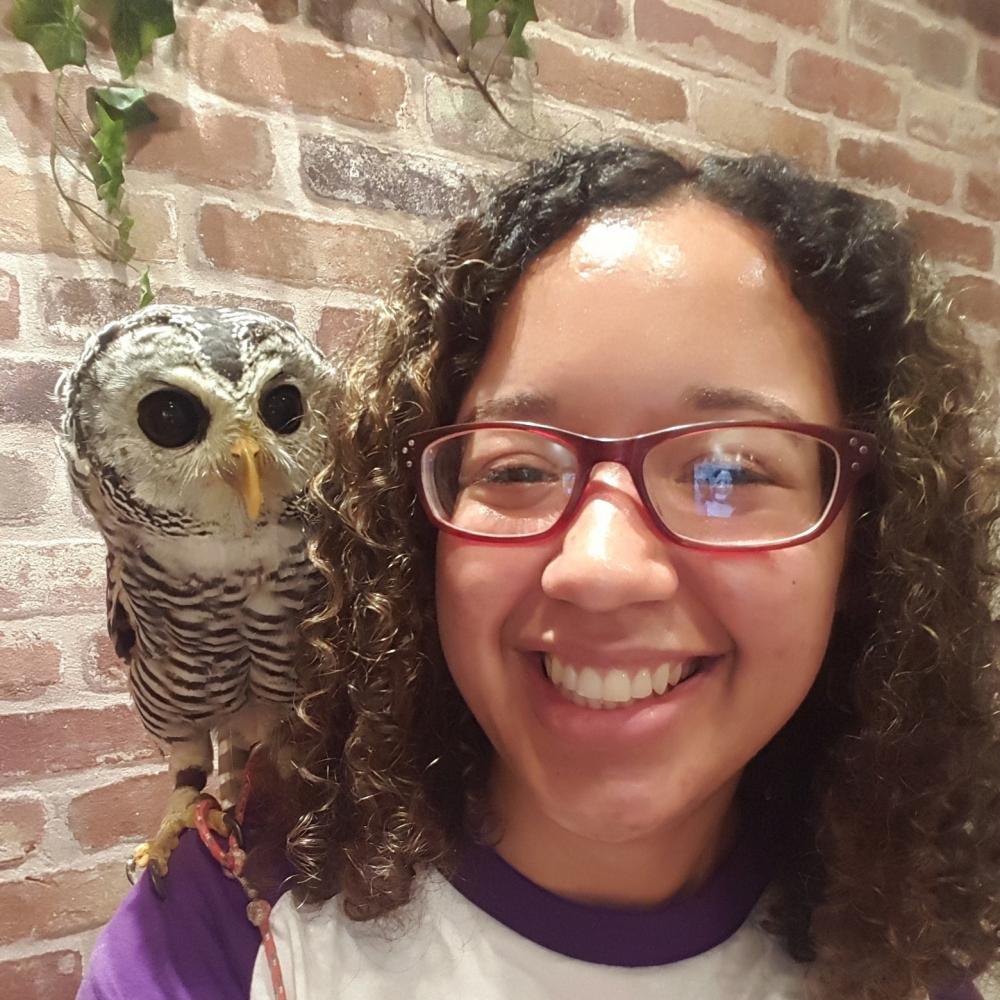Trading America for Australia: comparing practices between countries
While studying abroad has many benefits, Acacia reminds herself that sometimes the things she learns in Sydney may not be as applicable to a vet in the US
- Student life
- Study abroad
Share
I have just arrived back in Australia after being home in the US for a few weeks in December and January and have been enjoying the warm, sunny weather. While I was home I basically had two weeks of placement at my local veterinary clinic and two weeks of vacation with my family and friends.
I really enjoyed my placement at the veterinary practice in my home town. One of the things I really wanted to focus on were cases that were more common or exclusive to North America than to Australia. Something that is always at the back of my mind regarding the degree programme in Sydney is that, as one would expect, most of the course content is rather Aussie-centric. We learn a lot about diseases and industry systems that are common in Australia but that may not be as relevant in other places – in my case, compared with practices in the US.
Considering that most likely I will end up moving back to the US, at least for a while after I am finished, this focus makes me apprehensive. I’m sure the same can be said about anyone taking courses in a country other than the one where they will most likely be working in the future.
Read more about Acacia's journey here
Trading America for Australia: it’s too hot to feel like Christmas
For this reason, I have tried to supplement my class content with my previous education about animal management in the US, especially the Midwest. For example, most dairy and beef industries in Australia work really well on a pasture-based system because if there is anything rural Australians have plenty of, it’s space. While supplementing the natural forage with nutritious grasses and grains, cattle do well on this system. However, the system would not work as well in my home state of Minnesota because we have a super-cold winter for five months of the year. Although during the spring/summer/autumn, a pasture-based system can be great, it’s not feasible when all the grass dies in November, the ground freezes, snow falls and you have to wait until April for the grass to sprout. So, most cattle industries in the Midwest keep the cattle indoors for at least part of the year. However, I know this only because I have a degree in animal science from a Midwest state. This industry system is barely touched on in our formal classes.
While on my placement at home, one of my objectives was to learn more about common concerns in North America, such as Lyme disease, rabies and antifreeze poisoning, and their treatments, as I most likely will not get practical experience in such cases here in Australia. The head veterinarian at the clinic was very helpful in this regard as she made sure that I was participating in such consultations. For rabies, it was pretty much all relating to vaccines, which I was more than satisfied with.
Ultimately, this just means that when I start doing more serious preparation for the NAVLE (North American Veterinary Licensing Exam) I will have to make sure I put a lot of work into learning more US-centric aspects.
Read more: What can you do with a veterinary science degree?
